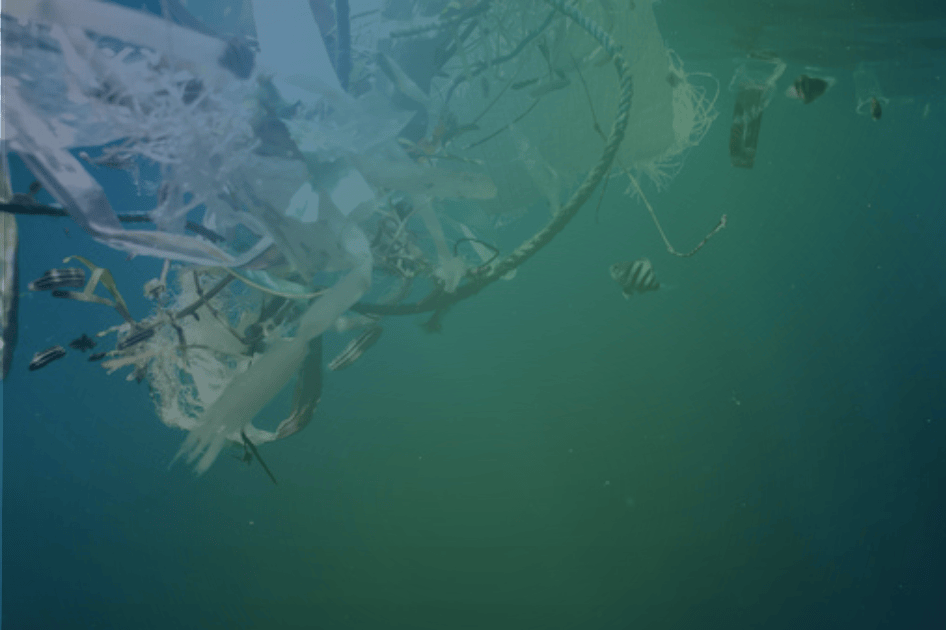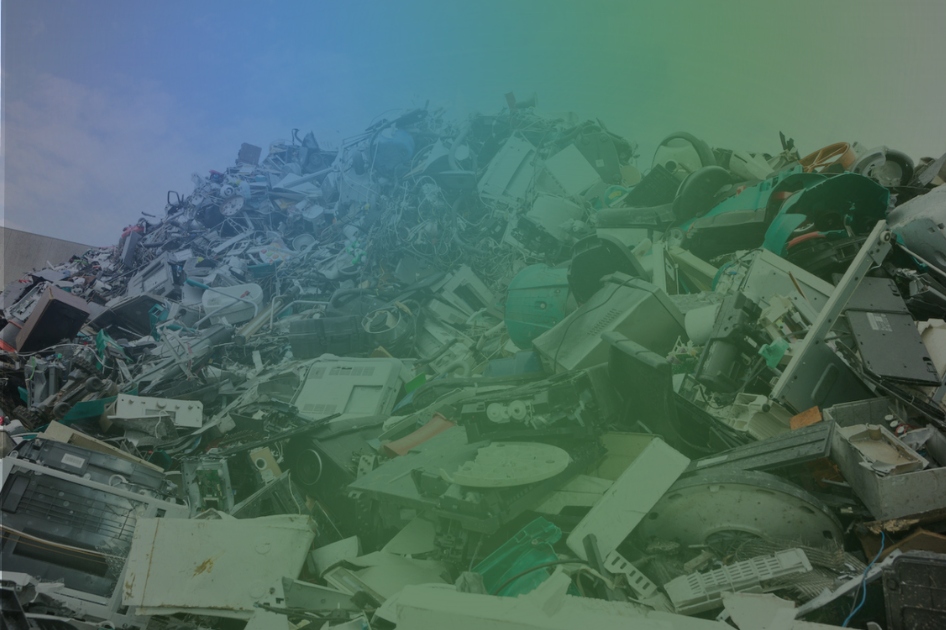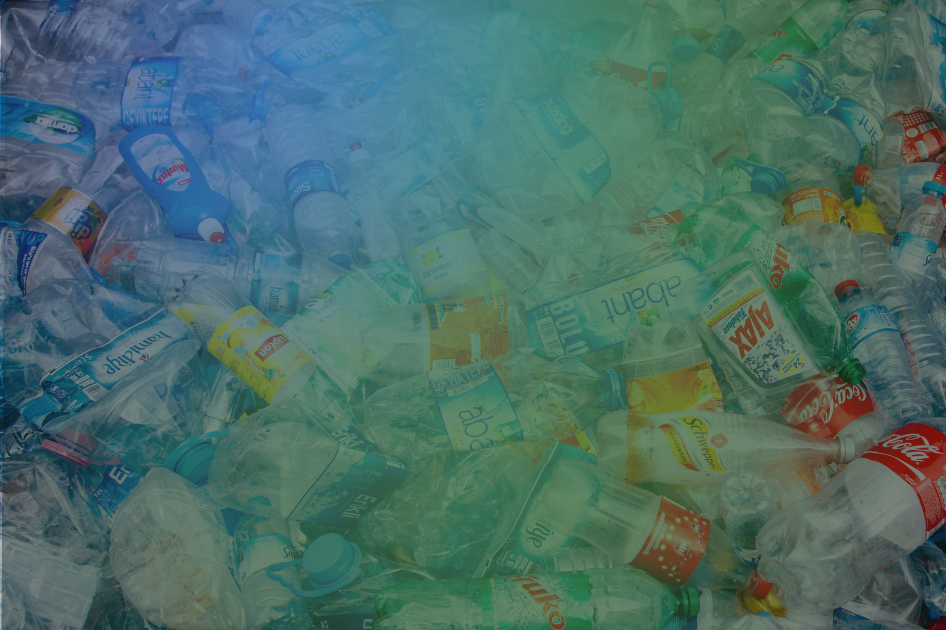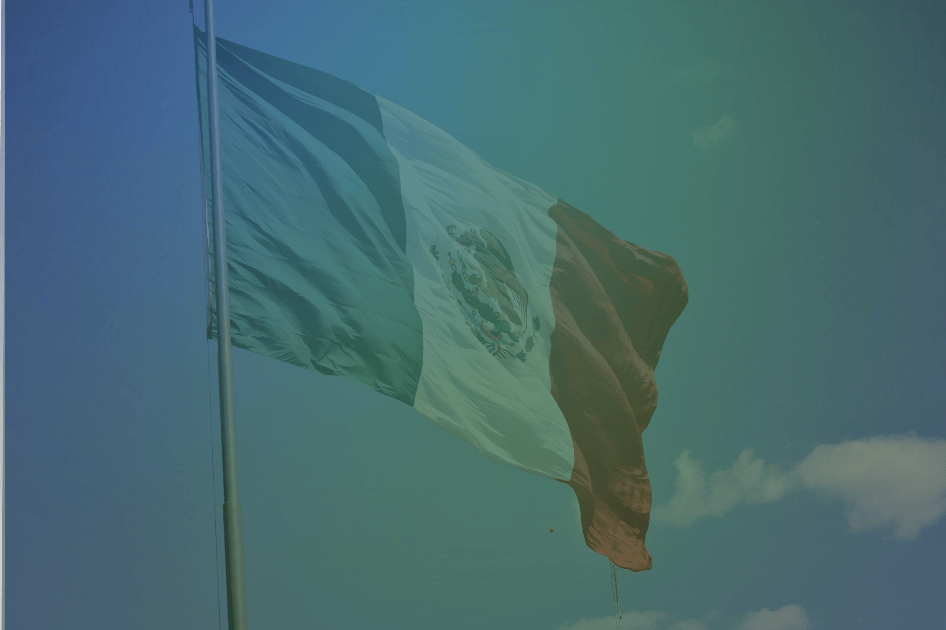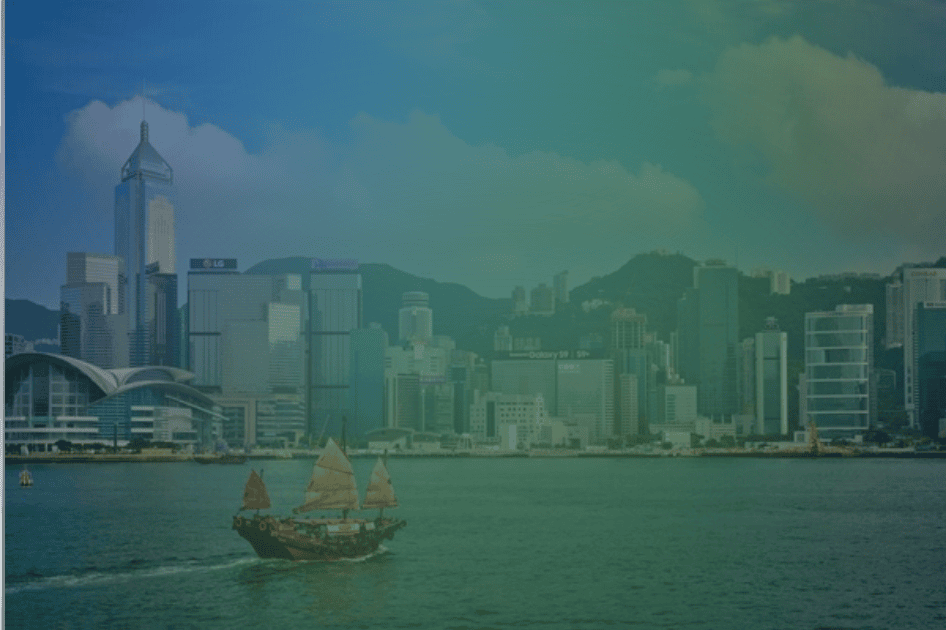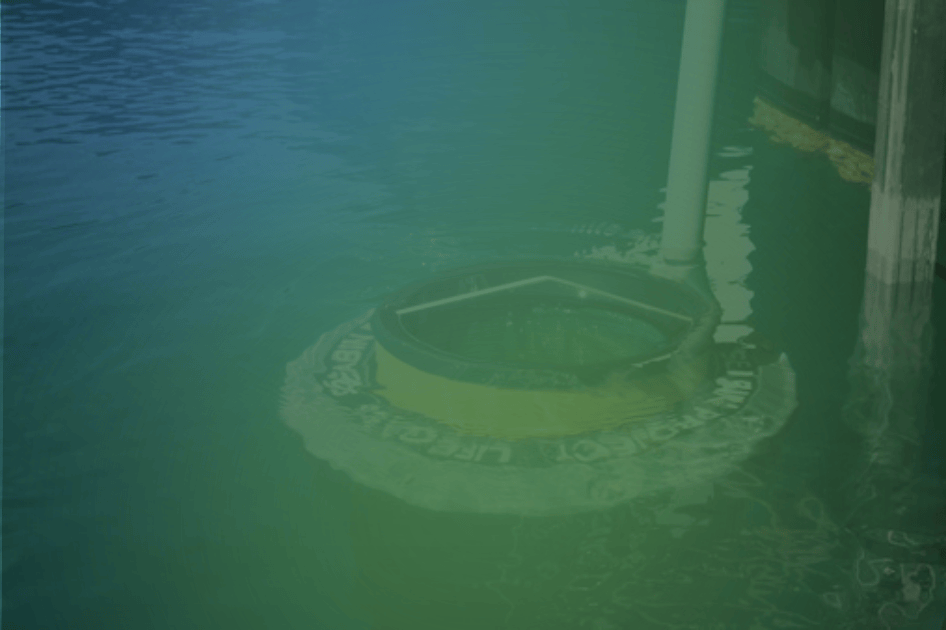A Sponge City is defined as an urban zone that possess a drainage system capable of absorbing and retaining excess water for reuse when needed. This innovative approach is designed to address the consequences of storms and flash floods that affect territories with increasing frequence, causing flooding and inundation.
The broader vision behind this concept is to build circular and healthy cities. This theme is at the heart of the Circular&Healthy City district at Ecomondo, the international event dedicated to the circular economy, set to take place at the Rimini Exhibition Center from November 4 to 7, 2025. This area, featuring exhibiting companies and a dedicated conference space, will showcase how to rethink construction and urban planning – including through smart technologies – to improve environmental and collective health, enhance resources, and make recycling more efficient.

How “Sponge Cities” work
The concept of sponge cities is based on that of Nature Based Solutions, that is, solutions inspired by nature to solve societal problems: sponge cities reduce flooding, reduce water pollution and, instead of draining rainwater into the sewer system, they conserve it for periods of drought.
In concrete terms, waterproof materials – such as asphalt – are replaced by spongy, porous surfaces. These promote runoff while mitigating the “urban heat island” effect, the phenomenon that causes a warmer microclimate within urban areas in comparison with the surrounding suburban and rural areas. Other elements are bioretention areas, infiltration and drainage trenches, tree pits, detention basins, wetlands, deep infiltration systems, and storage tanks or cisterns.
The father of sponge cities: Kongjian Yu
The idea of sponge cities began to spread in Europe relatively recently to promote the redevelopment of the territory not only from an environmental point of view, but also from an urban and social perspective. The underlying idea is to make cities more attractive to residents and more resilient to hydraulic and hydrogeological risks.
A notable developer of the concept of sponge city is Kongjian Yu, professor at the College of Architecture and Landscape at Peking University, founder of the Turenscape studio, and pioneer of landscape architecture and urban planning in China. In an interview with Renewable Matter, he recounts how he first proposed this approach to the Chinese government in 2003, which then adopted it as national policy in 2013.
Since then, Beijing has invested heavily in this model, although not all cities have implemented it effectively: some urban areas classified as sponge cities continue to suffer flooding, especially during extreme weather events. On the virtuous side, Sanya, Haikou, and Beijing have withstood heavy rains better in recent years, thanks to improvements in their infrastructure, reporting much less damage than during the devastating floods of 2012.
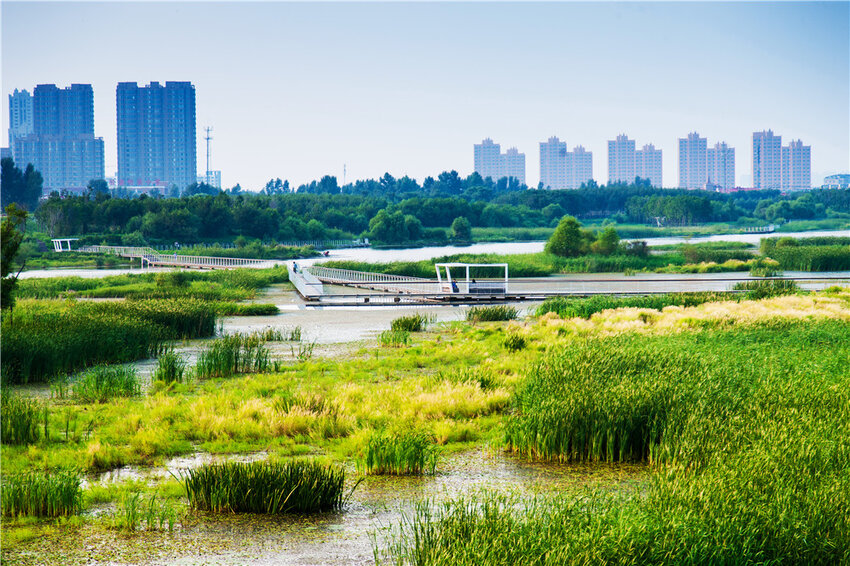
Towards a “sponge planet”
The challenge does not concern individual cities only, but the entire global water system, to the point of hypothesizing a “sponge planet” able to substantially address the future challenges of climate change. << The creation of sponge cities in different areas of the planet, even in regions such as the Amazon, could help mitigate the challenges faced by coastal cities such as New York and Boston. It is important to remember that global water systems are interconnected >>, explains Kongjian Yu.
The concept is gaining momentum globally: projects have been completed or are in the start-up phase in Bangkok (Benjakitti Forest Park), Kazan, Paris, Abu Dhabi, and Mexico City. There are also expressions of interest from India and Brazil.
There are also emblematic cases in Europe, first and foremost Rotterdam: here, the Climate Change Adaptation Strategy aims to give space back to water in a city that, over time, has replaced canals with roads and cars. Similarly, Copenhagen launched a 20-year program for flood prevention and sustainable water management, which includes a rainwater collection basin, among other initiatives. Barcelona has long been moving in this direction, thanks to a vast underground network to collect rainwater. This infrastructure is supported by a remote control system that includes several pumping stations, rain gauges, sensors, and floodgates.
Milan also becomes a sponge
Something is moving also in Italy. The Città Metropolitana Spugna project involves Milan and neighboring municipalities with 90 redevelopment projects. Promoted by Gruppo CAP and Città Metropolitana di Milano, and co-financed by the PNRR with €50 million, the plan has already started 32 construction sites.
The objectives are ambitious: providing 300,000 m² of new green space, planting 2,000 trees and 32,000 shrubs, and saving an estimated 126,000 kWh of energy per year. Yuri Santagostino, president of Gruppo CAP, points out that it is time to move << from a remedial approach to a preventive one >> in the management of water services and beyond, investing in infrastructure capable of absorbing impacts before they occur.
Article written by Emanuele Bompan and Maria Carla Rota
This blog is a joint project by Ecomondo and Renewable Matter
Credit
Haikou Meishe River Greenway and Fengxiang Park, a project by Turenscape
PUBLICATION
23/06/2025

